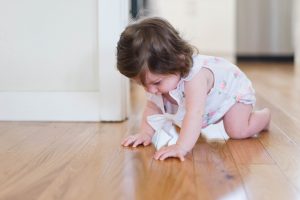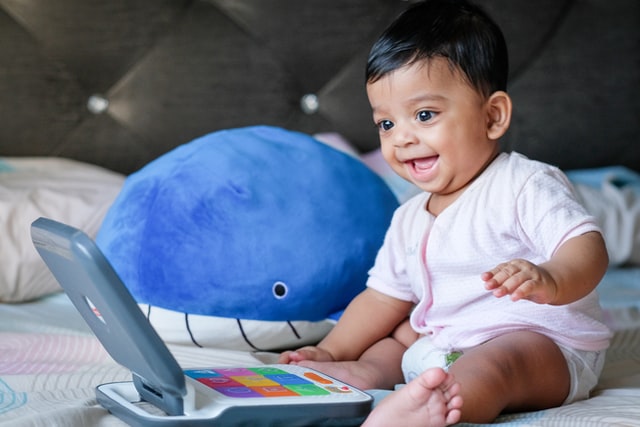Gross motor development milestones from birth to 3 years old:
As babies and young children grow, motor development is something we are interested in as Physiotherapists. They begin to develop new movement skills and patterns with age. All children are different and develop these skills at a variable rate.
This motor development does, however, follow a particular sequence of progression. It is useful to know the ages associated with particular milestones. This allows you to understand the following:
- How each milestone assists with developing your child’s strength.
- How each milestone assists with developing your child’s coordination.
- Whether your child is showing any signs of any developmental delays. Such delays may require paediatric physiotherapy intervention.

Motor development milestones:
The following bullet points illustrate motor development milestones for different age groups. Please bear in mind that there are more milestones than shown for each age group. Please contact a Paediatric Physiotherapist if you are concerned about your child’s development or notice any atypical movement patterns.
1 month:
- lying on stomach: can rotate head side to side
- lying on back: reciprocal leg kicking, brings hands to midline
- sitting: can flex spine forward
- arms: hands mainly closed but can open them
2-3 months:
- on stomach: props up on elbows, side-side weight shifts
- lying on back: kicking movements
- sitting: head midline, minimal-moderate head lag during pull-to-sit
- arms: reach/swipes, finger in mouth, hands open most of the time
4-5 months:
- lying on stomach: able to reach one arm out/weight shift
- lying on back: feet to mouth/bridging, attempts to roll leading with arm or leg
- sitting: starts static ring propped up sitting, tries to weight shift side-to-side to reach with other arm and support body with other arm
- arms: can extend fully, holds toy in two hands or a toy in each hand, drops toys
6-7 months:
- lying on stomach: props up on hands with straight arms, belly crawling, may transition to sitting
- lying on back: brings foot to face, rolls onto stomach, tries to sit up
- sitting: sits still whilst holding toy, weight shifts side-to-side whilst supporting body with arm to the front or side, spine rotation
- arms: brings object to midline, holds bottle with two hands when reclined, transfers objects between hands, bangs toy on surfaces
- movement: moves forwards using arms
8-9 months:
- lying on stomach: changes between sitting to quadruped to lying on belly
- lying on back: when hands held can pull-to-stand. Can sit up
- sitting: plays with toy whilst sitting
- arms: can control release of grasp, bangs items together, claps
- movement: crawls on all fours, pull-to-stand with support
10-11 months:
- lying on stomach: pull-to-stand through ½ kneel with support
- lying on back: moves to sitting and quadruped
- sitting: can rotate and pivot, moves between lying on back/tummy
- arms: pincer grasp, pokes with index finger
- movement: sidesteps holding onto support, walks with hand held
11-12 months:
- lying on stomach: may stand from all fours on ground
- lying on back: transitions quickly from sitting>quadruped>standing
- sitting: adopts various sitting positions
- arms: can roll a ball, scoop with spoon, drop items into box, stacks blocks
- movement: walks with high-guard arms, starts to move in/out of squat
13-15 months:
- sits/stands without external support
- builds 2-3 cube towers
- throws objects on floor
- walks independently (whilst carrying something)
- climbs onto chairs
- climbs up steps with support
15-18 months:
- creeps up/down steps or attempt to walk up/down steps using rail
- turns pages of a book
- scribbles
- stacks up 3-4 building blocks
- starts trying to run without arm movement/coordination
- can attempt a few side-steps
18-24 months:
- steps over low barrier
- can stand on one leg for a split second
- copies other motor activities
- walks up steps one leg at a time + using rail or holding hand
- tries to jump off short object
- improved running
24-36 months:
- kicks small ball/throws ball overhead
- jumps off the floor with both feet
- tries to walk on tip-toes
- can get onto tricycle
- turns doorknobs
- goes up and down steps with external support
- starts to walk backwards
You may find this PMPP “Physiotherapy for Children” blog interesting: https://portmelbournephysio.com.au/physiotherapy-for-children/
~ Leah
References:


